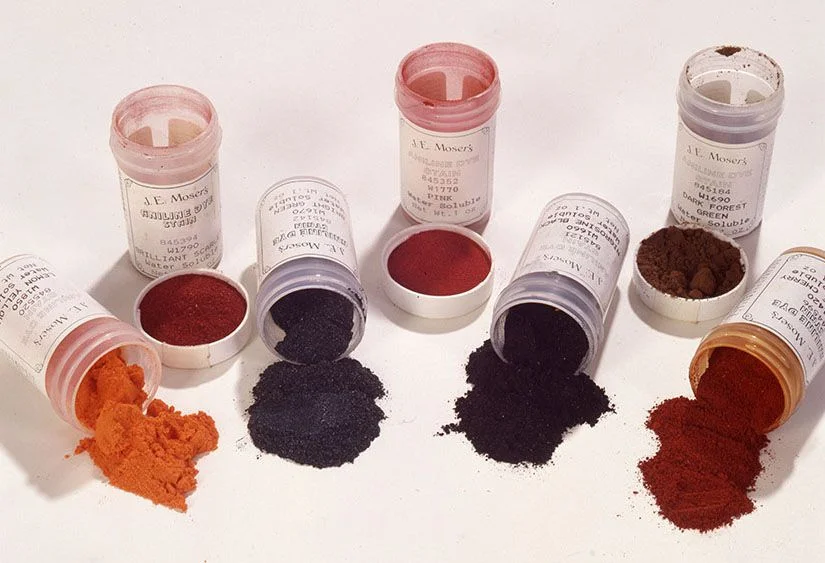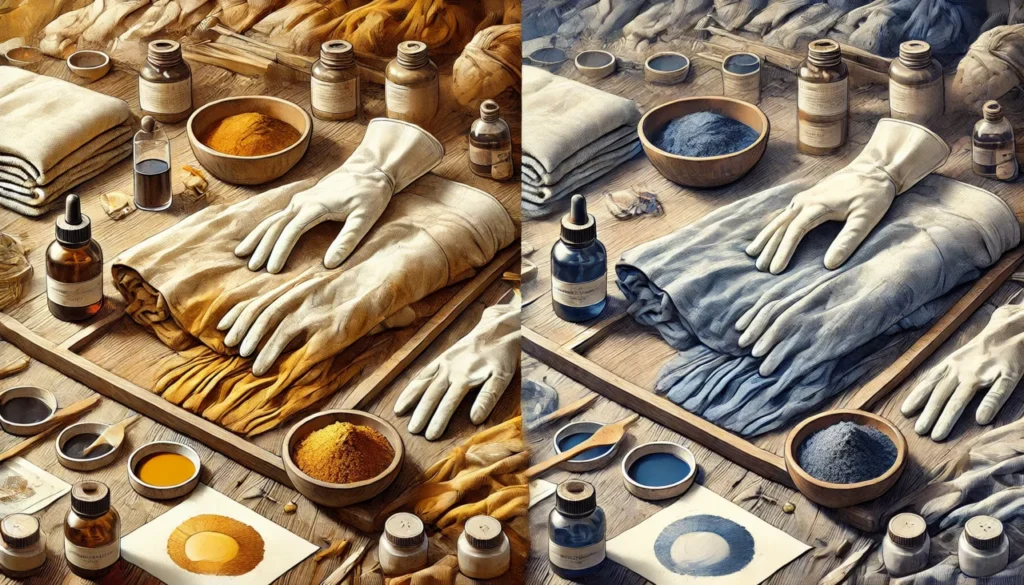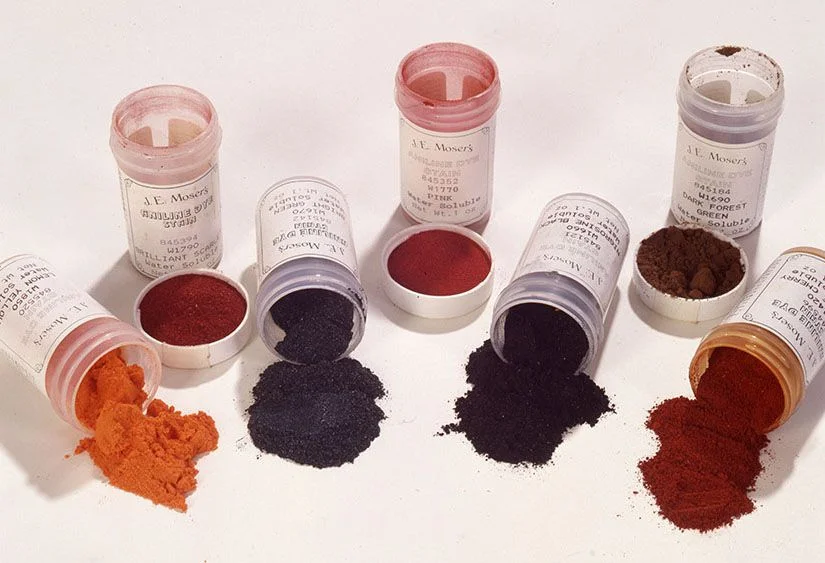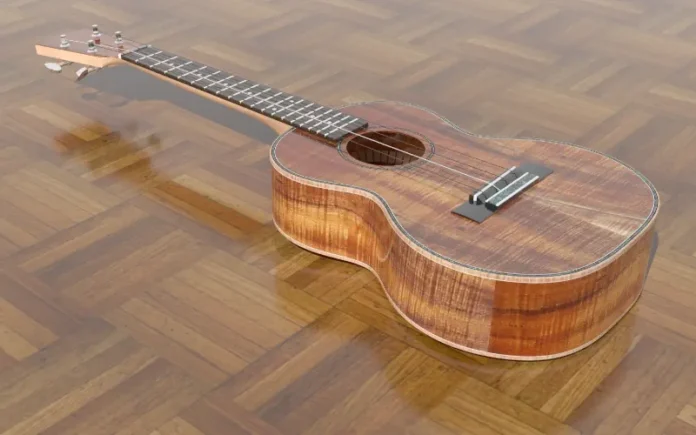Introduction
In the world of crafts and materials, few methods are as intriguing as Dsp de q tino con anilina seco o lavo. This technique combines the rich, vibrant colors of anilina with the unique properties of DSP (Direct Substrate Printing). Whether you’re a seasoned artisan or a beginner, understanding this process can elevate your projects, making them not only visually appealing but also durable and versatile. This blog aims to provide a comprehensive guide on using Dsp de q tino con anilina seco o lavo, exploring its benefits, techniques, and applications in various crafts.
Understanding Dsp de Q Tino and Anilina
Dsp de q tino con anilina seco o lavo involves a method of coloring substrates using aniline dyes. Aniline dyes are synthetic dyes derived from aniline, a compound used in various industrial applications. The term “seco” refers to the dry application method, while “lavo” pertains to the washing process involved after the dyeing.
What is DSP?
Direct Substrate Printing (DSP) refers to printing techniques that directly apply ink or dye onto the material. This method allows for intricate designs and vibrant colors that are embedded into the fabric or surface rather than sitting on top. This makes DSP ideal for various materials, including textiles, wood, and leather.
What are Aniline Dyes?
Aniline dyes are known for their intense colors and versatility. They can penetrate materials deeply, ensuring a rich and lasting finish. Commonly used in the textile industry, aniline dyes are also popular in crafts and DIY projects due to their vibrant color spectrum.
The Benefits of Using Dsp de Q Tino con Anilina Seco o Lavo
Using Dsp de q tino con anilina seco o lavo offers several advantages:
- Vibrant Colors: The use of aniline dyes provides a vast range of vibrant colors, enhancing the visual appeal of any project.
- Durability: The direct application of dyes ensures that the color is embedded into the material, making it resistant to fading and wear over time.
- Versatility: This technique can be applied to various materials, allowing for creative expression across multiple mediums.
- Easy to Use: With proper guidance, both beginners and experienced crafters can master this technique quickly.
- Eco-Friendly Options: Many aniline dyes are water-soluble and can be used with minimal environmental impact, making them a sustainable choice for dyeing.
Step-by-Step Guide to Dsp de Q Tino con Anilina Seco o Lavo
Here’s a comprehensive guide on how to implement Dsp de q tino con anilina seco o lavo in your projects:
Materials Needed
- Aniline dyes (dry and wash variants)
- Substrate (fabric, wood, leather, etc.)
- Brushes or spray bottles for application
- Protective gloves
- Water and containers for mixing dyes
- Apron or old clothes (for protection)
- Plastic sheets or old newspapers (for workspace protection)
- Heat source (iron or heat gun) for setting the dye
- Masking tape (for creating patterns or protecting areas)
- A container for rinsing brushes
Step 1: Preparation
- Choose Your Substrate: Select the material you want to dye. Ensure it is clean and free from any previous finishes that may prevent the dye from adhering. Common substrates include cotton, linen, silk, wood, and leather.
- Set Up Your Workspace: Create a well-ventilated area to work. Lay down protective sheets to prevent stains on your work surface. Organize your materials and have them within reach to streamline your process.
- Mix the Dyes: Follow the manufacturer’s instructions to prepare your aniline dyes. Mix the powder with water in separate containers according to the desired shade. It’s essential to achieve the correct concentration; too weak will result in dull colors, while too strong can lead to oversaturation.
Step 2: Applying the Dye
- Dry Application (Seco): For a more textured effect, use a dry application method. Lightly sprinkle the dye onto the substrate using a brush or a powder applicator. This technique can create beautiful gradients and patterns.
- Wet Application (Lavo): For a more saturated color, use a spray bottle to mist the dye solution onto the substrate. Ensure even coverage for consistent results. You can also dip the substrate directly into a dye bath for a deep saturation effect.
- Technique Variation: Experiment with different application techniques such as sponging, brushing, or even dipping the substrate into dye baths for unique effects. Each technique can yield different textures and depth of color, so don’t hesitate to play around with methods until you find what works best for your project.
Step 3: Setting the Color
- Allow to Dry: Let the dyed substrate dry completely. This can take a few hours depending on the material and environmental conditions. For fabrics, it’s often best to hang them in a shaded area to prevent fading from direct sunlight.
- Washing (Lavo): After the dye has dried, wash the dyed substrate as per the instructions. This step helps remove excess dye and set the color firmly. Rinse thoroughly with cold water until the water runs clear to remove any unattached dye particles.
- Heat Setting: For textiles, consider heat setting the dye with an iron to enhance color fastness. Place a cloth over the dyed area and apply heat for a few seconds. This process helps to bond the dye with the fibers, ensuring longevity.
Step 4: Finishing Touches
- Inspect the Dye Job: Check for any areas that may require additional color or touch-ups. If needed, repeat the dyeing process on those sections. This is especially important for large projects where consistency is crucial.
- Protect Your Work: Apply a protective finish or sealant to enhance durability, especially for wood or leather projects. Look for water-based sealants that are compatible with aniline dyes to maintain their vibrancy.
- Care Instructions: Provide care instructions for the dyed item, especially if it will be used in clothing or home decor. This might include washing methods, recommended temperatures, and drying instructions to preserve the color.
Applications of Dsp de Q Tino con Anilina Seco o Lavo
The versatility of Dsp de q tino con anilina seco o lavo allows it to be applied in various crafting projects:
- Textiles: Use this technique to create unique clothing items, home decor, or accessories with stunning colors and patterns. Consider creating tie-dye effects, ombre designs, or intricate patterns using stencils.
- Woodworking: Apply aniline dyes to wooden surfaces to achieve rich, deep finishes that highlight the wood grain. This method is particularly popular for furniture restoration or creating custom wood projects.
- Leather Crafting: Dye leather goods for a personalized touch, ensuring they maintain flexibility and durability. This application can transform everyday items like bags, wallets, and belts into statement pieces.
- Art Projects: Explore creative designs in paintings or mixed media by utilizing the vibrant hues of aniline dyes. Artists can incorporate these dyes into their works to achieve a striking color palette.
- DIY Home Decor: Transform everyday items like vases or picture frames into colorful masterpieces with this dyeing technique. By applying aniline dyes, you can add character and personal style to your living space.
Tips for Successful Dyeing
- Test First: Always test the dye on a small, inconspicuous area of your substrate before applying it to the entire piece. This ensures that the color is what you desire and that the substrate reacts well with the dye.
- Mix Colors: Don’t hesitate to mix different aniline dyes to create unique shades and effects. Experimenting with colors can lead to stunning results that are one-of-a-kind.
- Layering: Experiment with layering colors for depth and complexity in your projects. Apply one color, allow it to dry, and then layer another color on top for a multidimensional look.
- Safety Precautions: Always wear gloves and work in a well-ventilated area to avoid inhaling any dye particles. Consider wearing a mask if you are particularly sensitive to odors.
- Follow Instructions: Adhere to the manufacturer’s guidelines for the best results in dye mixing and application. This will help you avoid issues and achieve the desired outcomes.
Common Mistakes to Avoid
- Over-Saturating: Applying too much dye can lead to runny colors and uneven finishes. Start with less and build up to the desired intensity gradually.
- Ignoring Temperature: The temperature of your workspace can affect the dye’s behavior. Make sure it’s suitable for your materials; for example, some dyes work better in warmer conditions.
- Skipping the Wash Step: Neglecting the washing step can result in excess dye rubbing off on hands or clothes. This step is crucial for ensuring the color sets properly.
- Inconsistent Application: Ensure even application to avoid patches of lighter or darker areas. Practice makes perfect—don’t rush through the dyeing process.
Exploring Advanced Techniques
Once you’ve mastered the basics of Dsp de q tino con anilina seco o lavo, it’s time to explore advanced techniques that can elevate your craft to new heights. Here are some innovative approaches to consider:
1. Ombre Effects
Creating an ombre effect involves gradually blending one color into another. This technique can be achieved by:
- Starting with a Light Base: Begin by applying a light shade of dye to the bottom half of your substrate.
- Gradually Adding Darker Shades: As you move upwards, gradually mix in a darker dye to create a seamless transition. This method works beautifully on textiles and wooden surfaces, providing a sophisticated gradient.
2. Stenciling
Using stencils can add intricate designs to your projects. Here’s how to incorporate this technique:
- Choose Your Stencils: Select or create stencils that reflect your design aesthetic.
- Secure the Stencil: Use masking tape to hold the stencil firmly in place on your substrate.
- Apply the Dye: With a sponge or brush, carefully apply the dye over the stencil. Lift the stencil gently once you’re done to reveal the design. This method works well for home decor items, allowing you to create customized patterns.
3. Marbling
Marbling creates stunning, swirling patterns that can add visual interest to any project. Here’s how to achieve this effect:
- Prepare the Dye: Mix different aniline dyes in separate containers, ensuring each color is vibrant.
- Swirl the Dyes: Using a stick or brush, gently swirl the dyes together in a container of water.
- Dip the Substrate: Carefully dip your substrate into the marbled dye solution, allowing it to absorb the colors. This technique is particularly popular for textiles and paper crafts, resulting in unique, eye-catching designs.
4. Tie-Dye Techniques
Tie-dyeing is a fun and creative way to achieve colorful designs. To master this technique:
- Twist and Bind: Twist sections of your substrate and bind them with rubber bands or string.
- Apply the Dye: Use different colors of aniline dye to saturate each section, allowing the colors to bleed into one another. The tied areas will resist dye, creating striking patterns once unbound.
Applications Across Industries
The versatility of Dsp de q tino con anilina seco o lavo extends beyond personal crafts. Here are some applications across various industries:
Fashion and Textiles
In the fashion industry, designers utilize this dyeing technique to create custom fabric patterns and vibrant clothing lines. The durability of aniline dyes ensures that garments maintain their color even after multiple washes.
Interior Design
Interior designers often incorporate dyed textiles into their projects, using Dsp de q tino con anilina seco o lavo to create bespoke curtains, cushions, and upholstery. The ability to customize colors allows designers to match specific themes or color palettes.
Furniture Restoration
Restorers can breathe new life into old wooden furniture by applying aniline dyes through this technique. It enhances the natural beauty of the wood grain while providing a fresh, modern look.
Art and Craft
Artists explore this dyeing method in various media, including painting and sculpture. The rich colors of aniline dyes allow for vibrant artwork that captivates audiences.
Maintaining Your Dyed Items
Once you’ve created beautiful pieces using Dsp de q tino con anilina seco o lavo, it’s essential to maintain them properly. Here are some tips to ensure longevity:
- Washing Textiles: Wash dyed textiles in cold water with mild detergent to prevent fading. Avoid bleach and harsh chemicals that can damage the dye.
- Storage: Store dyed items in a cool, dark place to avoid direct sunlight, which can cause colors to fade over time.
- Regular Inspection: Periodically check for signs of wear or fading and reapply dye as needed to maintain the vibrancy of the colors.
Conclusion
In conclusion, Dsp de q tino con anilina seco o lavo is a fascinating technique that opens up a world of possibilities in crafting and design. Its vibrant colors, durability, and versatility make it an ideal choice for artists, crafters, and professionals alike. By understanding the processes involved and experimenting with various methods, anyone can create stunning pieces that stand the test of time.
With the tips and techniques provided in this blog, you’re now equipped to explore the enchanting world of aniline dyeing. Whether you’re enhancing textiles, transforming furniture, or adding unique touches to your artwork, Dsp de q tino con anilina seco o lavo will undoubtedly enrich your creative endeavors. Embrace the vibrant colors and endless possibilities this technique offers, and let your imagination run wild.
FAQs
What is Dsp de q tino con anilina seco o lavo?
Dsp de q tino con anilina seco o lavo refers to a dyeing technique using aniline dyes that can be applied to various materials, such as textiles and wood. This method is known for producing vibrant and durable colors.
What materials can I use with Dsp de q tino con anilina seco o lavo?
You can use this technique on a variety of materials, including cotton, silk, wool, leather, and different types of wood. The key is to choose a substrate that will absorb the dye effectively.
How do I prepare the dye for Dsp de q tino con anilina seco o lavo?
To prepare the dye, dissolve the aniline dye powder in warm water according to the manufacturer’s instructions. Ensure you have the right ratio to achieve the desired color intensity.
Is Dsp de q tino con anilina seco o lavo safe to use?
Yes, when handled properly, aniline dyes are safe for use. However, it’s essential to wear gloves and work in a well-ventilated area to avoid inhaling fumes or coming into direct contact with the dye.
How can I maintain the vibrancy of dyed items?
To maintain the vibrancy of items dyed with Dsp de q tino con anilina seco o lavo, wash them in cold water with mild detergent, avoid direct sunlight, and store them in a cool, dark place. Regular inspections and reapplication of dye may also be necessary to keep colors bright.







